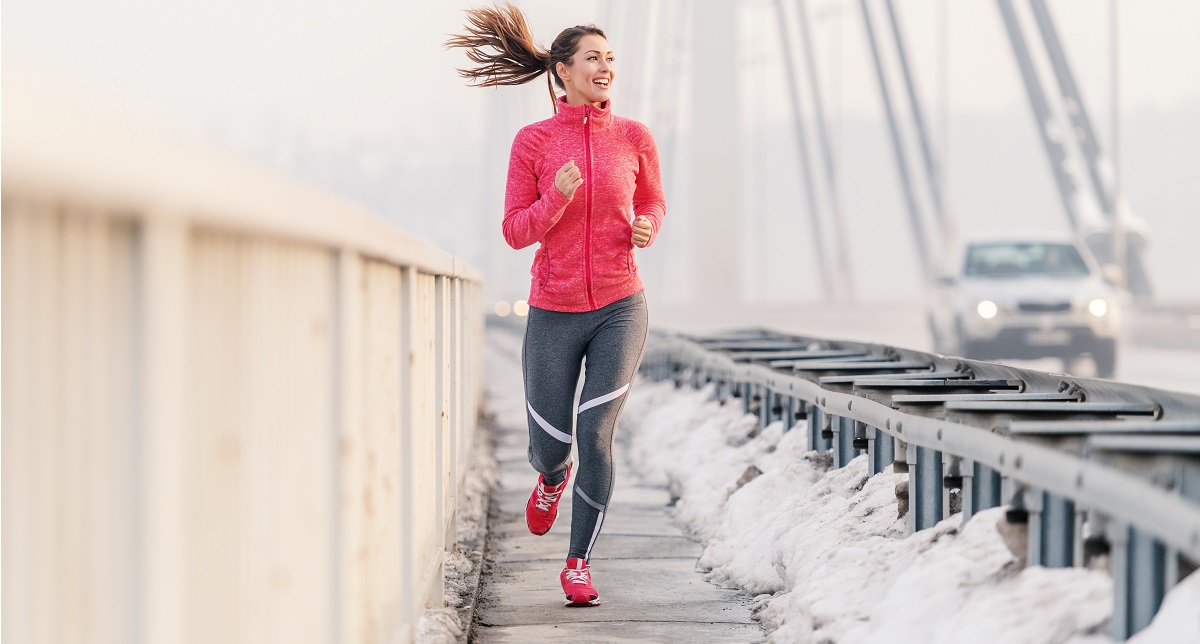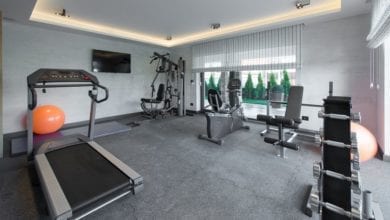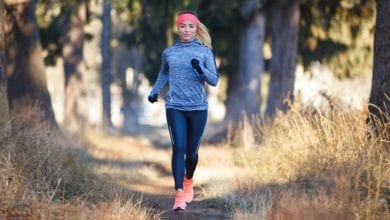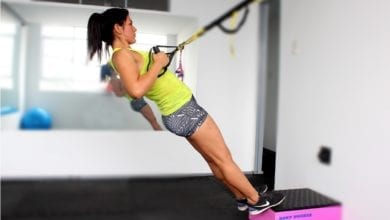
Our Editors independently research, test, and rate what we feel are the best products. We use affiliate links and may receive a small commission on purchases.
Women tend to lose heat quicker than men, due to the overall smaller builds and muscle stores. While it’s not a rule, it is oftentimes hard for women to keep warm during the winter.
We’re here to make sure that every winter for you is nice and toasty, by filling you in on the best tips to take advantage of and what to wear. We know you’re eager to get started so let’s jump right in!
Jackets
Jackets are crucial in keeping warm, as we lose body heat so rapidly from our core and extremities. Jackets these days come in a few different types so let’s take a look at each option so you can begin narrowing down your options on what to select.
Soft Shell Jackets
Softshell jackets are exactly that – they’re made of softer materials rather than the more rigid hard shells. These options are more breathable, flexible, and oftentimes more comfortable – depending on the jacket you select.
As they’re so breathable and help wick away sweat from the skin, they are perfect for hiking, camping, climbing, and generally just partaking in outdoor athletic activities. Their extra flexibility only helps with this, as you’ll have a full range of motion to move your arms around.
While most are not waterproof unfortunately, they are water-resistant which means they work just fine in light rainfall, fog, etcetera. Made with (typically) woven nylon or polyester, they offer a nice barrier between you and the cold weather while remaining thin and lightweight.
Hard Shell Jackets
While soft shell jackets are perfect for more “mild” winter weather, hard shell alternatives are the ones that will hold up against the nastiest winters out there. They are completely waterproof and are also resistant to the wind, so you stay nice and dry the entire time you have it on.
Some hard shell jackets come with some pretty thick insulation to further keep your body heat in to ensure you stay warm as well. Most include hoods, which are incredibly helpful, even if you wear a beanie or another type of head covering.
Hoods can be adjusted snugly around the face to keep wind and moisture out. Without them, you leave your ears and head exposed which can result in painful headaches.
Meant to be worn as the outer layer, they come with handy pockets for you to keep valuables secure and nearby at all times. Many pockets even double as a “sack” so you can bundle up the jacket and zip it in on itself for easy packing.
Heated Jackets
While the other two types of jacket are perfect if you’re active outdoors, that’s not everyone’s situation. You may have to sit through your child’s ball game on a frigid winter morning or simply walking around the city, which isn’t going to generate as much heat from your body. Heated jackets are the perfect option here, as they generate heat for you!
That’s not to say they shouldn’t be worn during athletic or physical activities, either. They are wonderful secret gems that can make you feel like you’re curled up next to a fireplace, even in the middle of the wilderness surrounded by snow.
The heat is typically dispersed throughout the chest and back, though there are certain models which also include it through the collar and pockets to keep your neck and hands warm.
You can expect the heated runtime to range from around 4 hours set on High, to up to 12 hours on Low. Changing the heat setting is quite easy, and most just include buttons built into the jacket to do so.
These can be worn on their own, but for particularly brutal weather I recommend wearing them under hard shell jackets to keep the wind and moisture out while still benefiting from the warmth heated jackets offer.
Sweatshirts & Sweatpants
Hoodies are also nice to wear under hard shell jackets. They are versatile articles of clothing that can be worn by themselves if you really start to heat up, or on mildly chilly autumn or spring days. They’re soft, they’re breathable, and they’re trendy so you can pair them with just about anything you already have in your wardrobe.
Hoodies make outfit planning a breeze, as you don’t have to worry about what will go with them – seriously everything does. Pair a sweatshirt with a pair of joggers/sweatpants and not only will you stay warm but look good at the same time!
Parkas
When temperatures begin to plummet, it can be hard finding clothes that you find fashionable but protective and comfortable enough to serve an actual purpose and keep us warm. Admittedly, some of the warmest brands out there have arrived a bit late on the uptake, but winter parkas are known to be very trendy.
Parkas are so beautiful yet so insulating that you could wear it out on the town for a nice dinner just as well on a nice hike or speeding down ski runs. They offer an array of different pockets to keep your valuables and gloves, along with a warm hood and a zipper that comes up above the neck to prevent wind and snow from getting inside.
Boots
Having frozen feet is definitely not a pleasant feeling, but it can happen quickly if you’re not wearing the right footwear for winter. Depending on where you live, your winters may just be windy and rainy, while others may have you snowed in. Let’s take a look at both winter boots and rain boots so you can pick which is ideal for you.
Rain Boots
Sure, rain boots are super cute, but you’ll also know how functional they are if you’ve worn them on a rainy day. Rain boots come in an enormous variety of colors, patterns, and styles, so there’s no doubt you’ll find something that suits your taste.
They are traditionally made of rubber only, or rubber and synthetic materials, depending on the style and brand. Sperry, for example, is known for creating boots where the lower boot is made of rubber while the uppers are made from a more insulating material.
That’s not to say all-rubber boots are just that. Some come with luxurious, soft linings that feel wonderful against the feet and won’t leave them cold or uncomfortable.
Winter Boots
Winter boots are the toughest of the two, as they’re made to protect your feet from serious snow, wind, and cold temperatures! From shoveling the driveway to going sledding, these are perfect for just about anything you may encounter in the colder seasons.
You’ll find most are made out of heavy-duty synthetic materials while others are more expensive and made of leather. Leather is very durable and water-resistant though many people don’t personally agree with the use of it. It all comes down to your own preferences and what you’ll be using them for.
Summary
You deserve to fully enjoy your winter season to its fullest and keeping warm is essential in doing so. We hope our guide has been able to help you figure out what you’re missing so you don’t have to shiver through your days and nights. Each aspect is equally as important in keeping you both comfortable and safe. Thanks for tuning in with us, and we’ll see you again soon! Remember to have fun!




